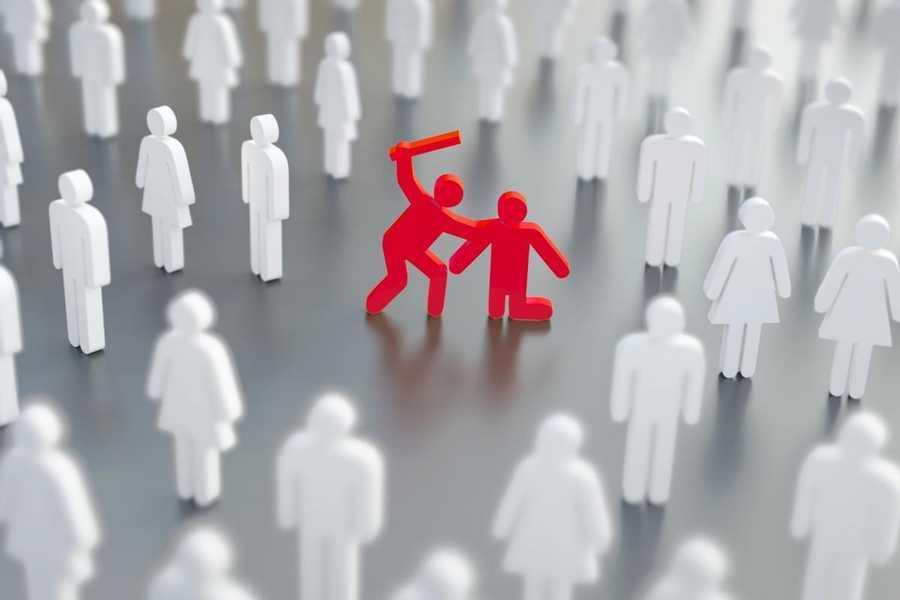The Bystander Effect
The more people who see someone in need, the less likely that person is to receive help.
Researchers call it a “confusion of responsibility,” where individuals feel less responsibility for the outcome of an event when others are around. In fact, the probability of help is inversely related to the number of people present.
465
746 reads
CURATED FROM
IDEAS CURATED BY
The idea is part of this collection:
Learn more about personaldevelopment with this collection
Ways to improve productivity
Strategies for reducing stress
Tips for managing email overload
Related collections
Similar ideas to The Bystander Effect
The Bystander Effect
It happens when the presence of others discourages a person from intervening in an emergency situation. The greater the number of bystanders, the less likely it is for any one of them to provide help to a person that is in trouble or distress.
People are more likely to tak...
Causes of the Bystander Effect
The Bystander effect is attributed to:
- The diffusion of responsibility: bystanders are less likely to intervene if there are other witnesses who seem likely to do so.
- Social influence: individuals observe the behavior of those around them to...
The chameleon effect with smartphones
Most people are susceptible to the chameleon effect's impulse to pick up and look at their phone when someone else is doing it.
Research found the odds that people would use their phones are about 28 times higher when the first user actually looked at their phone while...
Read & Learn
20x Faster
without
deepstash
with
deepstash
with
deepstash
Personalized microlearning
—
100+ Learning Journeys
—
Access to 200,000+ ideas
—
Access to the mobile app
—
Unlimited idea saving
—
—
Unlimited history
—
—
Unlimited listening to ideas
—
—
Downloading & offline access
—
—
Supercharge your mind with one idea per day
Enter your email and spend 1 minute every day to learn something new.
I agree to receive email updates
